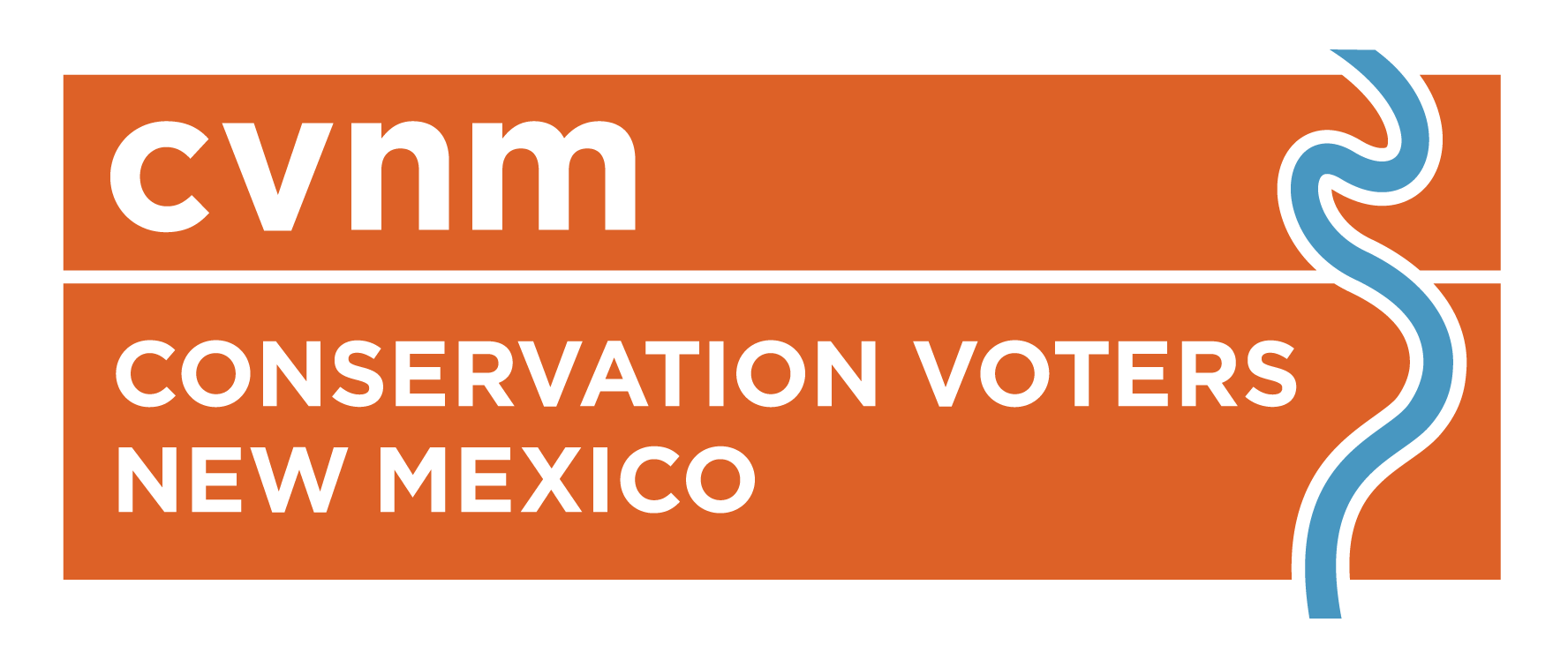Emma Loewe | mbg Sustainability Editor
On Tuesday, November 6, Americans will head out to the polls to decide on 435 House seats, 35 Senate seats, and plenty of local measures. (This is a good time to make sure: You’re voting, right?) It’s already shaping up to be a historic race across many categories—including the environment.
1. Vote the Outdoors.
Created by the Outdoor Industry Association, this tool shows you how some of your elected officials have previously voted on outdoor recreation and preservation of public lands. Type in your ZIP code, see what your candidates have been graded based on past performance, and learn a little bit about the bills that have come across their desks.
2. Vote Climate US PAC Voter’s Guide.
This guide breaks things down state by state, listing House and Senate candidates based on what they’ve pledged to do to combat climate change. It provides less detail than Vote the Outdoors, but it’s more comprehensive with the candidates it covers, presenting information about both incumbents and challengers.
This user-friendly database from theSkimm provides background on everything you’ll see on your ballot. Though it’s not explicitly tied to environmental issues, it’s a nice primer on some of the issues at stake in your state.
What other races should I keep an eye on if I care about the environment?
Montana
For the first time, Patagonia—the outdoor brand that made quite the political statement this year—is endorsing Senate candidates in races that are important for the future of outdoor recreation. “[Patagonia] is endorsing candidates for the first time this year because of the urgent and unprecedented threats to our public lands and waters,” the company said in a statement. “Nevada and Montana are two states where Patagonia has significant company history and a long record of conservation accomplishments, and where the stakes are too high to stay silent.” In Montana, the company is backing Jon Tester—an incumbent who wants to expand the state’s protected wilderness areas by close to 80,000 acres.
Nevada
Washington
Voters in Washington state will be deciding on a potentially precedent-setting bill that would tax companies $15 for every ton of carbon dioxide they emit. If passed, Washington would become the first state to provide such economic incentives for reducing emissions.
New Mexico

